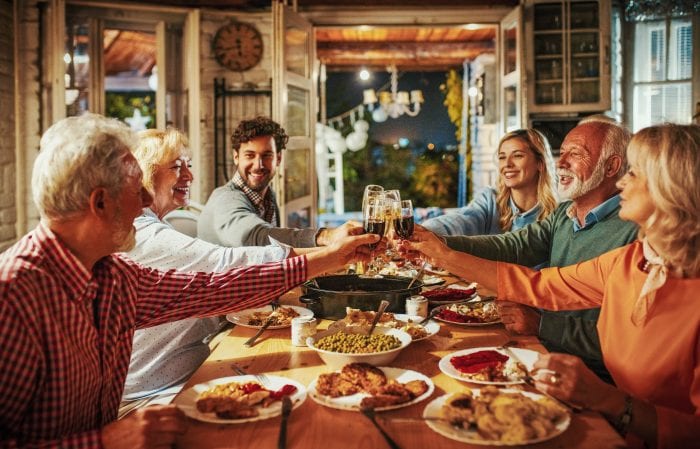By Leah S. Dunaief

Here comes my favorite weekend of the year: Thanksgiving. It starts on a Thursday, as all good weekends should. We, the Dunaief Clan, have managed to extend it into three, even four days. We deserve no less. Like many American families, our immediate members are stretched across the entire continent, from the California coast to the middle of Suffolk County on Long Island, and from below the Mason-Dixon Line and the Florida Peninsula to the Gulf of Mexico. They need that much time just to get to Grandma’s house and back.
What’s waiting for them when they arrive? Food! All kinds of favorite foods. And love. Lots of love that bridges three generations with mighty hugs. Why, it even takes a good part of that long weekend before all the members of the family finish hugging each other, at which point we sit down to eat. We get back up some hours later, only to regroup for the next meal. We know we are among the fortunate in that regard and give thanks.
Food means so many different things. There are the traditional historic dishes that symbolize the meal eaten by the Pilgrims. But we have added so much more to the basics. And each person has a favorite that tickles them when they look at the offerings on the laden table and know it was prepared especially for them. Food is love, and special foods carry that message.
It still amazes me to be surrounded by the many members of my tribe. Almost 60 years ago, before I was married, there was just me. Then, three months later, there were the two of us, my husband and I. Now there are children and children-in-law, and their children and eventually, their children-in-law. Together we populate the dining room and fill the house with chatter and laughter.
One of the high points of the weekend follows Thanksgiving dinner, when we are still sitting around the table, digesting sufficiently until we can have dessert, and we tell each other what we are most thankful for that occurred in the past year. In that way, I get to catch up on some of the events in my loved ones’ lives, and they on mine.
Speaking of dessert, the pumpkin pies will be an issue this year. For all the Thanksgivings we have celebrated here, 53 to be exact, we have enjoyed the classic finale from The Good Steer. Their pies pleased all our taste buds, from my children to my parents, who would join us from the city during those early years. Alas, The Good Steer on Middle Country Road in Lake Grove is no more, the family having closed the business.
So, faced with this significant void, I have done some research and have come up with replacements. Whether they will be acceptable remains a sensitive question. I’ve had a number of friends offer suggestions, and I thank them kindly because they understand how important it is to find an alternative source. After all, no two differently-made pumpkin pies taste the same. The result here hangs in the balance until Thursday eve. Keep your fingers crossed for me, as my reputation as the Best Thanksgiving Grandma depends on this important outcome.
Actually I have a monopoly on the title. Thanksgiving is always celebrated at our house. My in-law children know and accept that arrangement because I trade Thanksgiving for Christmas. That seems to work for everyone in the family.
This year, we have a special event to celebrate. My oldest grandson has asked the woman he wants to spend the rest of his life with to marry him, and she has accepted. We will welcome her enthusiastically, and I will give thanks for the blessing of seeing our family continue to grow.
Wishing you all, Dear Readers, a Happy Thanksgiving with the foods you enjoy and the people you love, whether they be relatives or close friends or perhaps those you recently met and have chosen to share this celebratory meal.
On this day, we are reminded that we are all Americans together.

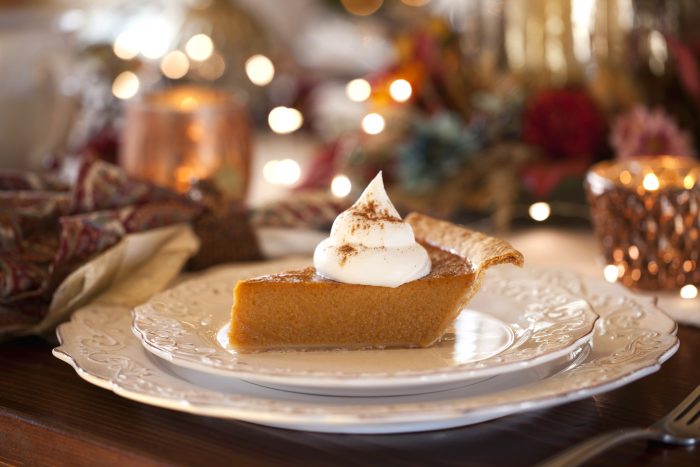
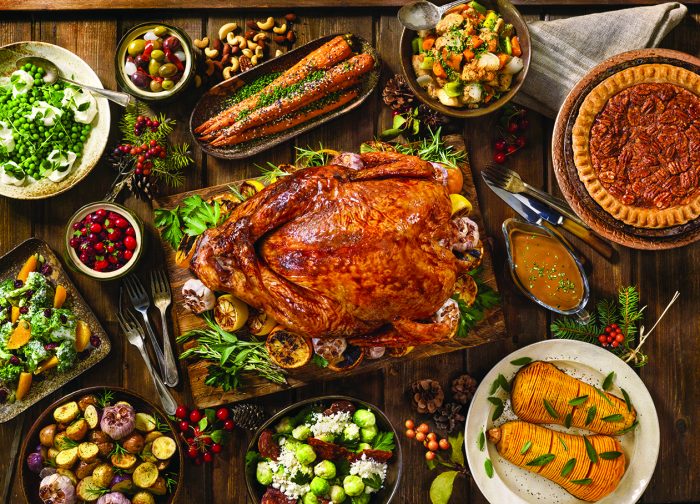
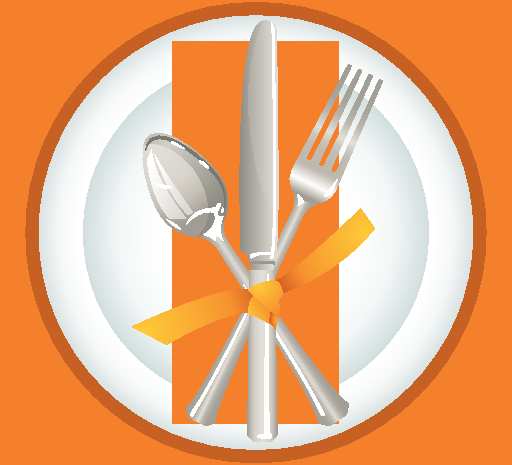

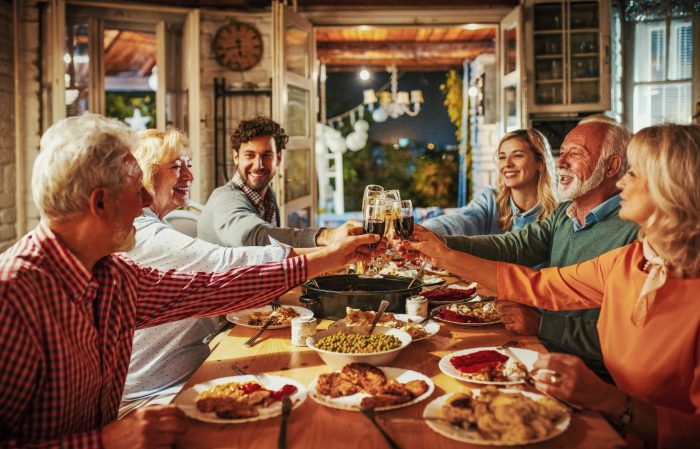
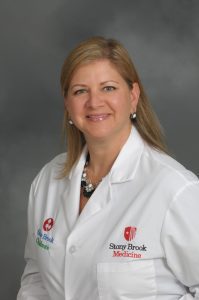
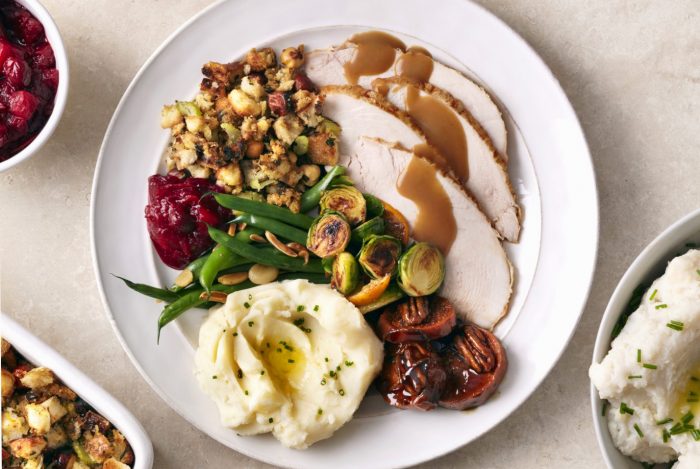
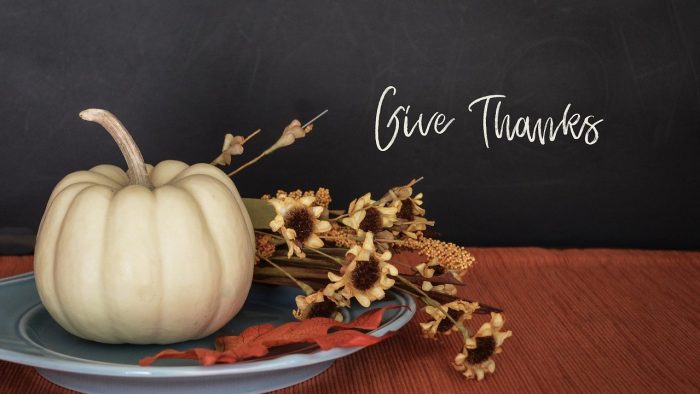

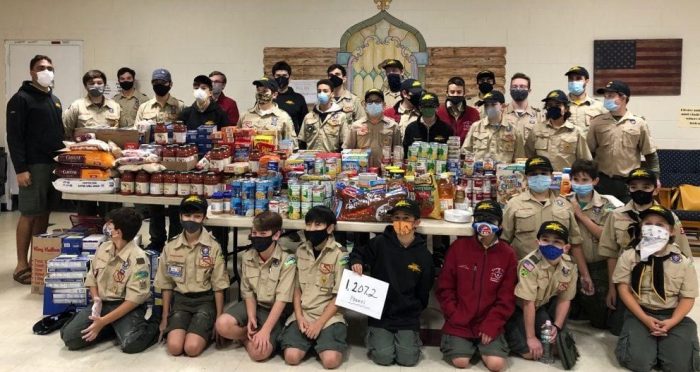
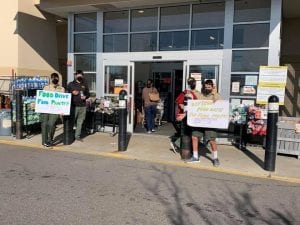
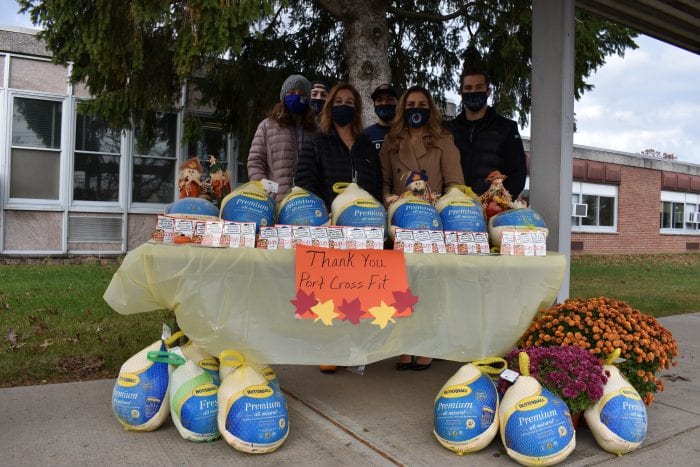
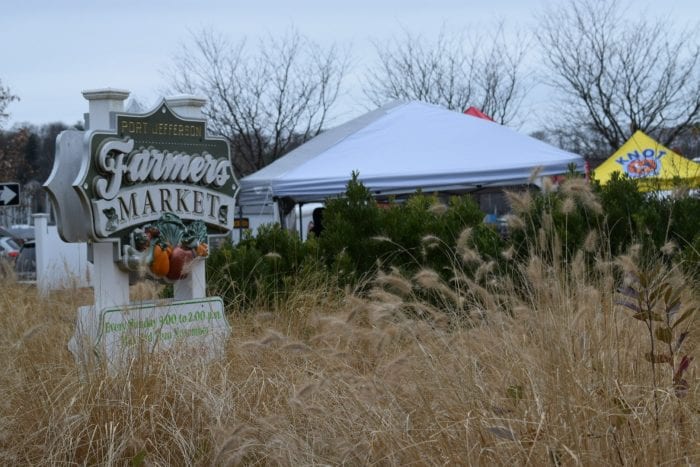
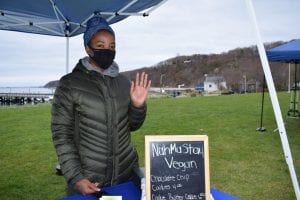 Erin Reid, NahMaStay Vegan
Erin Reid, NahMaStay Vegan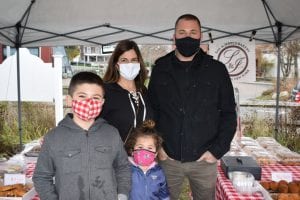 Rob, Darlene, Bobby and Francesca Baslie
Rob, Darlene, Bobby and Francesca Baslie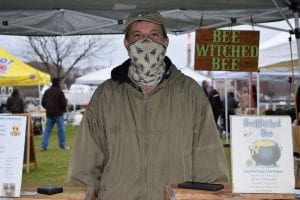 Gary Newman, Beewitched Bee
Gary Newman, Beewitched Bee JoAnn DeLucia, JoAnn’s Desserts
JoAnn DeLucia, JoAnn’s Desserts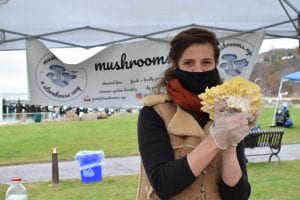 Agathe Snow, Mushrooms NYC
Agathe Snow, Mushrooms NYC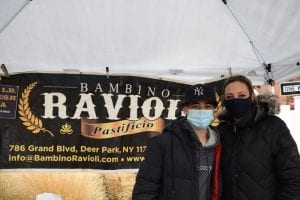 Theresa DeGregorio, Bambino Ravioli
Theresa DeGregorio, Bambino Ravioli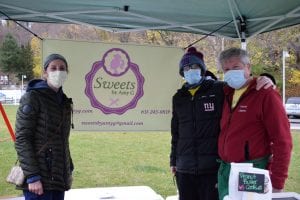 Marc, Jacob and Melissa Gordon, Sweets by Amy G
Marc, Jacob and Melissa Gordon, Sweets by Amy G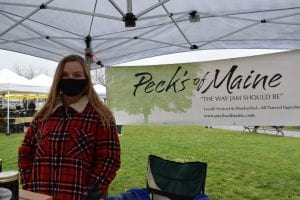 Danielle Paul, Pecks of Maine Jams
Danielle Paul, Pecks of Maine Jams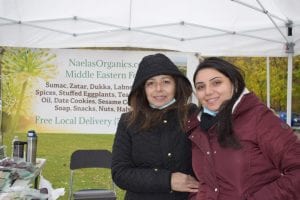 Naela Zeidan, Naela Organics
Naela Zeidan, Naela Organics